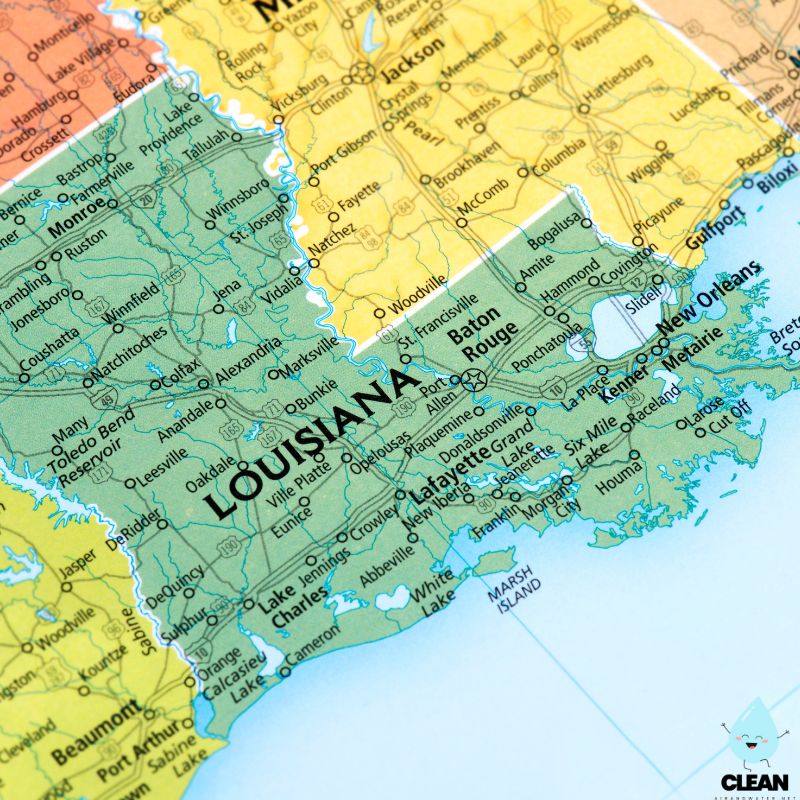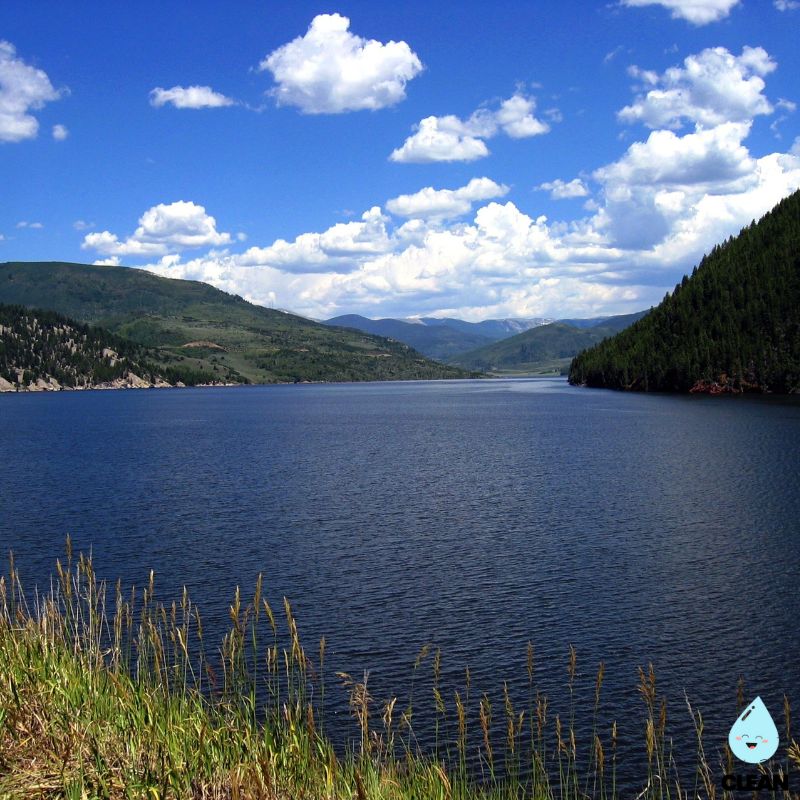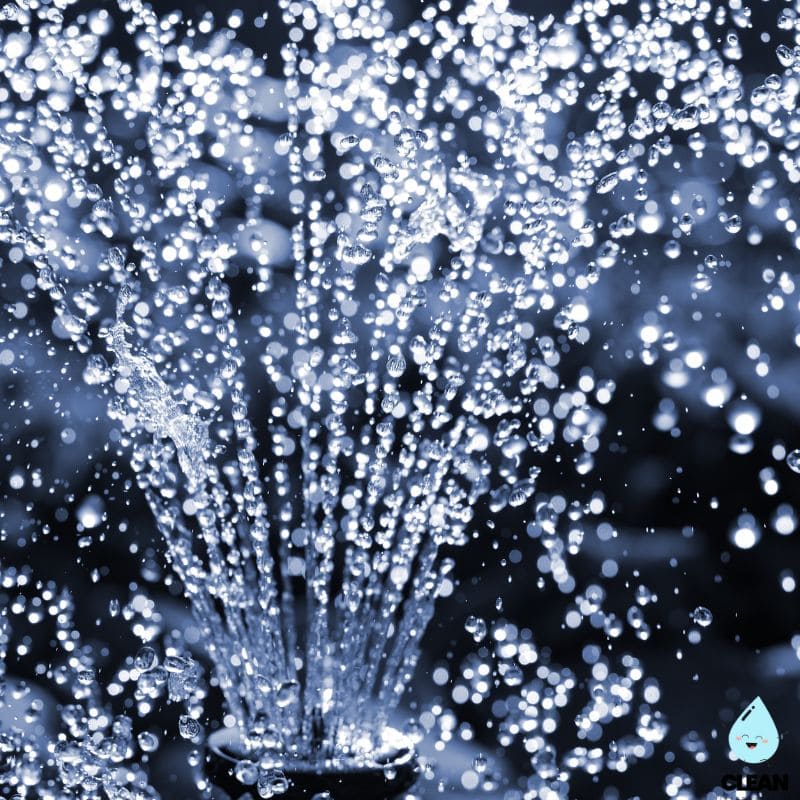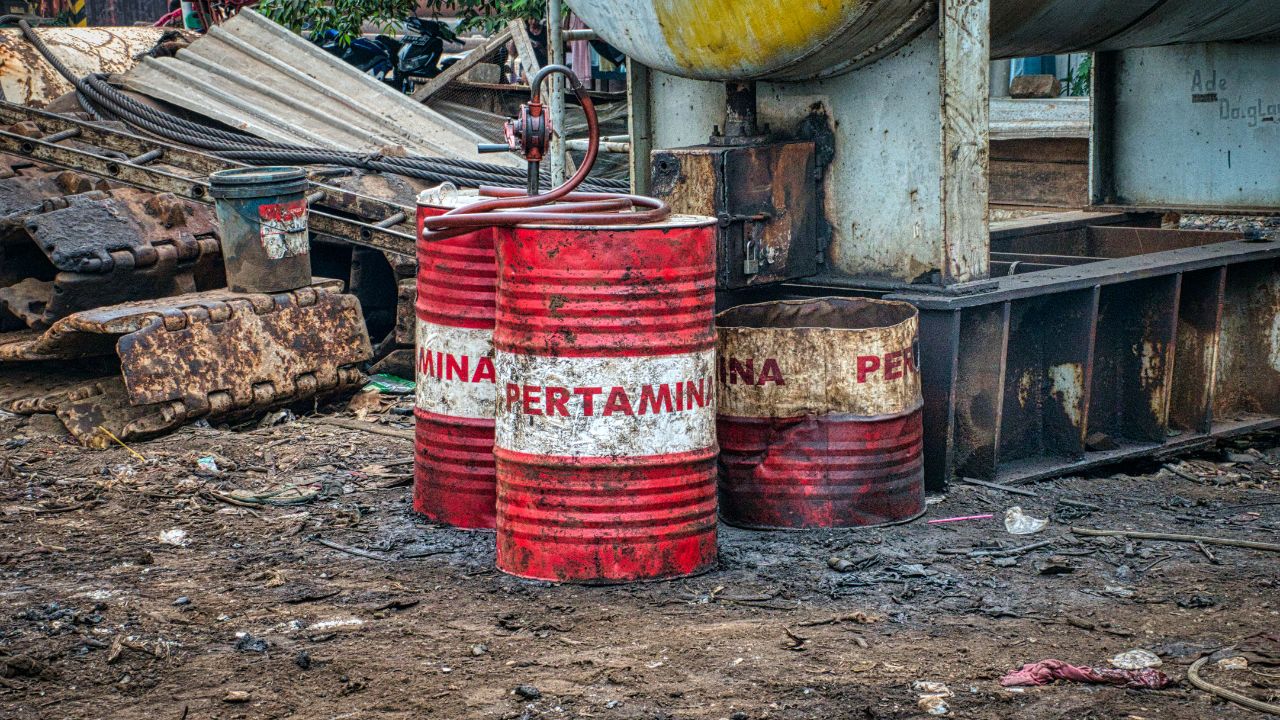Louisiana Water Quality at a Glance
serious concerns
Is Louisiana Water Safe to Drink?
Proceed With Caution – Louisiana ranks among the states with most dangerous drinking water, with 36% of residents served by water systems with health violations. PFAS contamination affects approximately 2.1 million people, with levels 200-268 times higher than EPA safety guidelines found in Cancer Alley. Shreveport’s water system received failing grades in 2023-2024, while infrastructure issues and chemical contamination from industrial activity create widespread concerns.
⚠️ Key Concerns for Louisiana Residents
- PFAS “Forever Chemicals”: 2.1 million Louisianans exposed; levels 200-268x EPA safety guidelines in Cancer Alley; contamination near Barksdale AFB and England AFB
- Cancer Alley Impact: Mississippi River contamination from 41% of continental U.S. flows through Louisiana; disproportionately affects African American communities
- Infrastructure Failures: Shreveport water system received F grades 2023-2024; widespread boil advisories and system deficiencies statewide
- Chromium-6 & DBPs: Hexavalent chromium detected in multiple parishes; high disinfection byproducts from treatment processes
Read the full report below for detailed analysis, parish-specific data, and actionable recommendations for Louisiana residents.
Louisiana – The Pelican State – Water Quality Report 2025: PFAS Testing, Infrastructure Concerns & Safety across your state
Louisiana’s water infrastructure serves approximately 4.6 million residents across diverse geographical regions, from the Mississippi River Delta in the south to the piney hills in the north. The state operates through a complex network of 951 public water systems, ranging from large municipal utilities serving metropolitan areas like New Orleans and Baton Rouge to smaller rural systems providing essential services to underserved communities. Louisiana’s primary water sources include the Mississippi River, which supplies drinking water to over 1.2 million residents, along with the Atchafalaya, Red, and Sabine river systems, plus numerous reservoirs and groundwater aquifers that support both urban centers and agricultural areas.
Despite abundant water resources, Louisiana faces significant infrastructure challenges compounded by its unique coastal environment. The state has received over $143 million in federal infrastructure investments from the Biden-Harris Administration’s Bipartisan Infrastructure Law to address these challenges, focusing on drinking water safety, wastewater treatment upgrades, and emerging contaminant removal. Louisiana’s water quality landscape is particularly complex due to its industrial heritage along the Mississippi River corridor, known as “Cancer Alley,” where PFAS contamination has been documented at levels 200-268 times higher than EPA safety thresholds. The state’s commitment to water quality improvement is demonstrated through partnerships between the Louisiana Department of Environmental Quality (LDEQ), local utilities, and federal agencies working to ensure safe, reliable water access for all residents while addressing legacy contamination and climate-related challenges including saltwater intrusion and extreme weather events.

Louisiana Water Quality: Current Status (2024-2025)
Statewide Compliance and Testing
- Overall Compliance: According to the Louisiana Department of Health’s 2024 Water Grade Reports, 68% of Louisiana’s population is served by water systems rated A or B, though 15% of systems (approximately 143 systems) received D or F grades for infrastructure and safety concerns.
- PFAS Contamination Crisis: Louisiana has some of the highest PFAS concentrations in the nation, with testing by The Water Collaborative revealing levels 200-268 times higher than EPA safety thresholds in drinking water near industrial sites along the Mississippi River.
- Infrastructure Investment: Over $143 million in federal funding through the Bipartisan Infrastructure Law has been allocated to Louisiana for water infrastructure improvements, including $40.1 million in 2024 specifically for emerging contaminant treatment and disadvantaged community support.
Major Water Sources and Challenges
- Mississippi River System: Serves over 1.2 million residents including New Orleans and parishes along the river corridor, facing documented PFAS contamination from industrial sources and vulnerability to saltwater intrusion during drought conditions.
- Rural Water System Crisis: Multiple rural communities including Tallulah, Killian, and St. Joseph have experienced major water system failures, with aging infrastructure requiring complete rebuilds and millions in emergency funding.
- Climate Vulnerability: Louisiana’s 2023 water crisis highlighted the state’s susceptibility to flash drought, saltwater intrusion, and extreme weather events that threaten both water supply reliability and quality across the state.
Emerging Contaminant Response
- PFAS Regulation Implementation: New EPA drinking water standards for PFOA and PFOS (4 parts per trillion) take effect in 2031, requiring significant infrastructure investments from affected water systems, particularly those near industrial “Cancer Alley” facilities.
- Treatment Technology Deployment: Water utilities are implementing advanced treatment technologies including activated carbon filtration and reverse osmosis systems to remove PFAS and other emerging contaminants from affected water supplies.
- Industrial Accountability: Louisiana is working to establish agreements with major industrial polluters to fund contamination cleanup and prevention, following successful models implemented in other states for PFAS accountability.
Rural and Disadvantaged Communities
- Infrastructure Disparities: Rural water systems face disproportionate challenges with aging infrastructure, limited technical capacity, and higher per-capita costs, with 143 systems receiving D or F grades in 2024 assessments.
- Targeted Federal Support: Louisiana has received $634,000 in grants specifically for small and disadvantaged communities to improve drinking water compliance and conduct household water quality testing, including unregulated contaminants.
- Emergency Response Programs: The state maintains emergency water supply programs, providing trucked water at costs up to $30,000 per day during system failures while permanent infrastructure repairs are completed.
Looking Forward: 2025-2030
Louisiana’s water quality landscape faces unprecedented challenges as the state prepares for new federal PFAS regulations taking effect in 2031 while addressing ongoing climate vulnerabilities and aging infrastructure. The 2023 water crisis, which included both severe drought and saltwater intrusion threatening New Orleans’ water supply, demonstrated the urgent need for resilient water systems. With substantial federal infrastructure investments and enhanced monitoring programs, Louisiana is working to address both legacy contamination from industrial activities and emerging threats from climate change. However, successful implementation will require continued collaboration between state regulators, water utilities, industrial stakeholders, and communities to ensure equitable access to safe drinking water while building resilience against future environmental challenges that disproportionately affect the state’s most vulnerable populations.
Recommendations for Louisiana Residents

Know Your Water Source
Contact your water utility to request annual water quality reports and ask about PFAS testing results. Check LDEQ’s 2024 Water Grade Reports to understand your local system’s rating and visit their Interactive Mapping Application (LIMA) for detailed water quality data in your area.

Support Infrastructure Investment
Stay informed about local water infrastructure needs and support utility rate structures that enable necessary improvements. Attend public meetings when utilities discuss infrastructure upgrades and PFAS treatment investments, especially given Louisiana’s documented contamination challenges.

Consider PFAS-Certified Filtration
For areas with known PFAS contamination, especially near industrial facilities, consider NSF-certified activated carbon or reverse osmosis filters specifically tested for PFAS removal. These can provide critical protection while utilities implement treatment upgrades.

Report Water Quality Concerns
Contact your local water utility immediately for taste, odor, or color concerns. Report suspected contamination to LDEQ’s Environmental Compliance Division for investigation and follow-up, especially given Louisiana’s documented industrial contamination issues.

Practice Water Conservation
Support Louisiana’s water sustainability by implementing conservation measures like efficient irrigation, rainwater harvesting, and low-flow fixtures. Reducing demand helps utilities maintain system reliability and affordability while building resilience against climate challenges.
Louisiana Cities We Cover
Baton Rouge Water Quality
Comprehensive analysis of Baton Rouge Water Company, serving Louisiana’s capital city and surrounding parishes. Includes information on Mississippi River water sources, treatment processes, infrastructure modernization, and PFAS monitoring in the industrial corridor.
New Orleans Water Quality
Detailed assessment of the Sewerage & Water Board of New Orleans systems, covering water quality testing, source protection, and compliance with emerging contaminant regulations in Louisiana’s most populous city, including saltwater intrusion concerns.
Shreveport Water Quality
Analysis of Shreveport Water Department systems serving northwest Louisiana, including Cross Lake water sources, treatment facility operations, and infrastructure upgrades to address aging systems and emerging contaminant challenges.
Frequently Asked Questions
Is Louisiana’s tap water safe to drink?
Most of Louisiana’s public water systems meet federal drinking water standards, with 68% of the population served by systems rated A or B. However, some areas have elevated PFAS levels that exceed EPA guidelines.
The Louisiana Department of Health requires comprehensive testing across all public water systems, grading them annually for transparency. While the majority provide safe water, 143 systems (mostly rural) received D or F grades in 2024. Areas near industrial facilities along the Mississippi River corridor have documented PFAS contamination at extremely high levels. The state has received over $143 million in federal funding to address emerging contaminants and infrastructure needs. Residents should review their utility’s annual water quality report and check their system’s grade on LDEQ’s website.
What are PFAS chemicals and why are they a major concern in Louisiana?
PFAS (per- and polyfluoroalkyl substances) are synthetic “forever chemicals” that don’t break down naturally in the environment or human body.
Louisiana has some of the highest PFAS concentrations in the United States due to decades of industrial use along the Mississippi River corridor. Research by The Water Collaborative found PFAS levels 200-268 times higher than EPA safety thresholds in drinking water near industrial sites. These chemicals have been linked to cancer, liver damage, immune system effects, and other health concerns. The EPA finalized new drinking water standards in 2024 limiting PFOA and PFOS to 4 parts per trillion, requiring water systems to comply by 2031. Louisiana is working to address contamination through enhanced monitoring and accountability measures for industrial polluters.
How can I find out about my local water quality in Louisiana?
Louisiana residents can access comprehensive water quality information through several resources:
• Annual Water Quality Reports: Contact your water utility directly for their Consumer Confidence Report, which details all testing results and any violations or concerns
• LDEQ Water Grade Reports: Check the Louisiana Department of Health’s annual grading system that rates all community water systems from A to F based on seven performance standards
• LIMA Interactive Mapping: Use LDEQ’s Interactive Mapping Application to access water body subsegments, monitoring sites, and detailed water quality data for your area
• PFAS Testing Data: Request PFAS testing results from your water utility and check if your area is near documented contamination sites along the industrial corridor
Why does Louisiana have unique water infrastructure challenges?
Louisiana faces several interconnected water infrastructure challenges:
Climate Vulnerability: The 2023 water crisis demonstrated Louisiana’s susceptibility to flash drought, saltwater intrusion, and extreme weather events that threaten water supplies
Industrial Legacy: Decades of chemical and petrochemical industry activity along the Mississippi River have created widespread PFAS contamination requiring expensive remediation
Aging Rural Systems: Many rural water systems are 70+ years old and require complete rebuilds, with 143 systems receiving D or F grades in 2024
Geographic Challenges: Louisiana’s low-lying coastal geography makes it vulnerable to saltwater intrusion and flooding that can contaminate water supplies
The state is addressing these challenges through federal infrastructure investments, improved regulatory oversight, emergency response programs, and partnerships with utilities to prioritize the most critical improvements.
Quality News About Your Water
Get the comprehensive water quality news coverage you need with our dedicated US Water News Service. From coast to coast, we deliver in-depth reporting and expert analysis on PFAS contamination, EPA regulatory changes, infrastructure developments, and emerging water safety issues affecting communities nationwide. While mainstream media only covers the biggest stories, we provide the detailed, ongoing coverage that helps you understand the full scope of America’s water challenges. Whether you’re a concerned citizen, water professional, or community leader, our daily updates and analytical insights keep you informed about the issues that matter most to public health and environmental safety.
Contaminants of Concern

PFAS “Forever Chemicals”
Source: Industrial manufacturing along the Mississippi River corridor, including chemical plants, refineries, and military installations where firefighting foam was used extensively
Health Effects: Linked to kidney and testicular cancer, liver damage, immune system suppression, high cholesterol, and developmental effects in children
Current Status: Louisiana has documented PFAS levels 200-268 times higher than EPA safety thresholds in drinking water near industrial sites, making it one of the most severely contaminated states EPA Limits: 4 ppt for PFOA and PFOS individually, with hazard index for other PFAS compounds

Legacy Industrial Contaminants
Source: Historical petrochemical, oil refining, and chemical manufacturing activities along the Mississippi River industrial corridor, particularly in the area known as “Cancer Alley”
Health Effects: Varies by contaminant but may include cardiovascular effects, neurological impacts, kidney damage, and increased cancer risk from prolonged exposure to industrial pollutants
Current Status: Ongoing monitoring and remediation at identified sites, with enhanced treatment at affected water systems and source water protection measures Regulatory Response: LDEQ oversight and cleanup requirements under state and federal environmental laws, with enhanced accountability measures being developed
Please read – our information
The information presented on cleanairandwater.net is compiled from official water quality reports, trusted news sources, government websites, and public health resources. While we strive for accuracy and thoroughness in our presentations, we are not scientists, engineers, or qualified water quality professionals.
Our mission is to present water quality information in an accessible, real-world format that helps people understand what’s in their water and make informed decisions about their health and safety. We believe that complex environmental information should be available to everyone in a format that’s easy to understand.
We make every effort to ensure our content is current and accurate, but we cannot guarantee that all information is complete or error-free. This website should not replace official communications from your local water utility or health department. We always recommend consulting official sources for the most up-to-date information regarding your specific water system.
Clean Air and Water is not liable for any unintentional errors, omissions, or outdated information. The content on this site is provided for informational purposes only and should not be considered professional advice.


